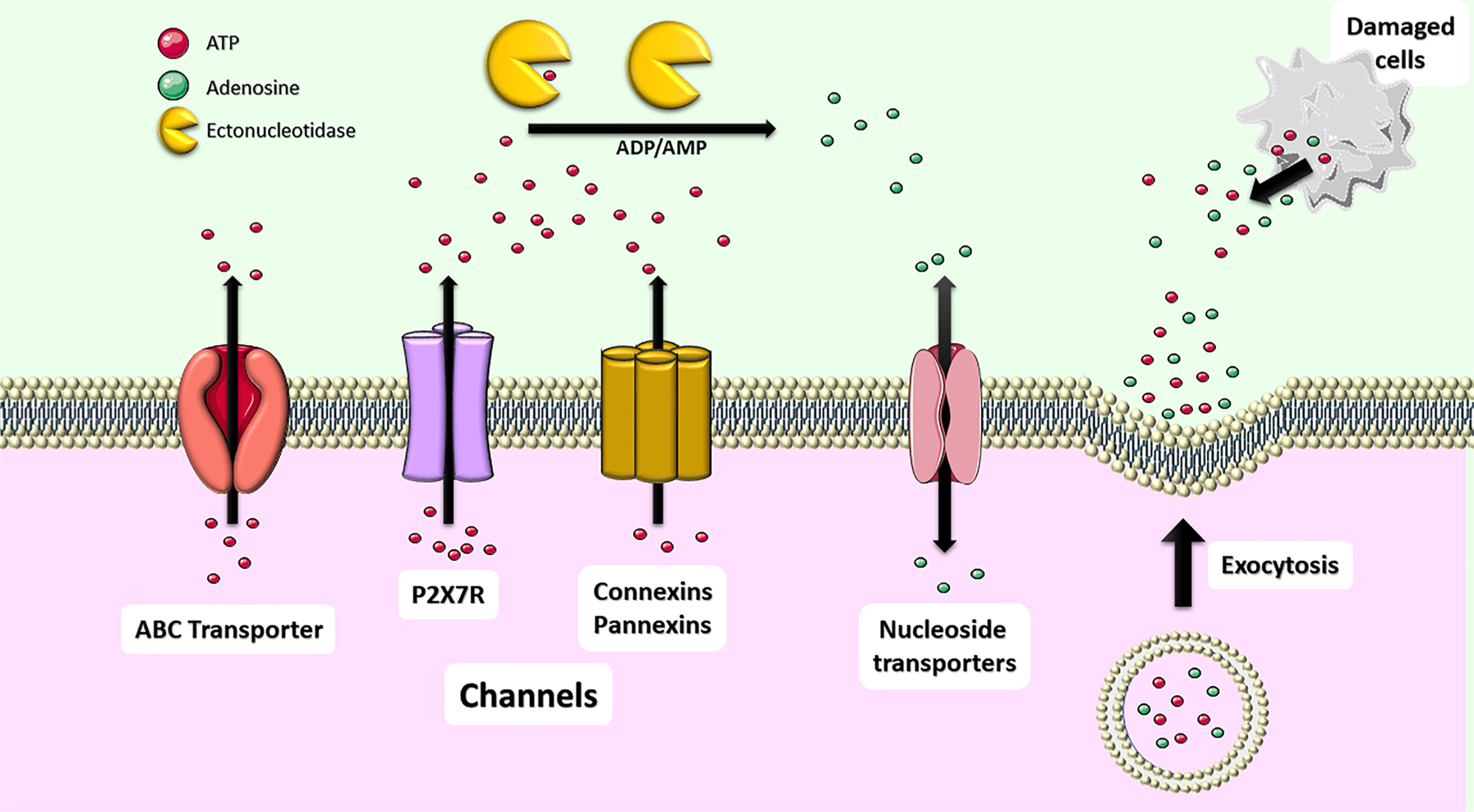Fig. 1. Sources of extracellular purines.

(A) Purines (ATP and adenosine) can be released into the extracellular space from both neurons and glia via exocytosis or non-exocytotic mechanisms including transporters (e.g., ATP-binding cassette (ABC) transporters for ATP and Nucleoside Transporters such as equilibrative nucleoside transporter (ENT) and concentrative nucleoside transporter (CNT) for adenosine) and membrane channels such as the P2X7R, and Pannexin-1 and Connexin-43 hemichannels. Purines are also released from dying cells escaping across a compromised lipid bilayer acting thereby as a danger signal. Once released, ATP is metabolized into different breakdown products including ADP, AMP and adenosine via the action of different ectonucleotidases as discussed in Chapter 5.
